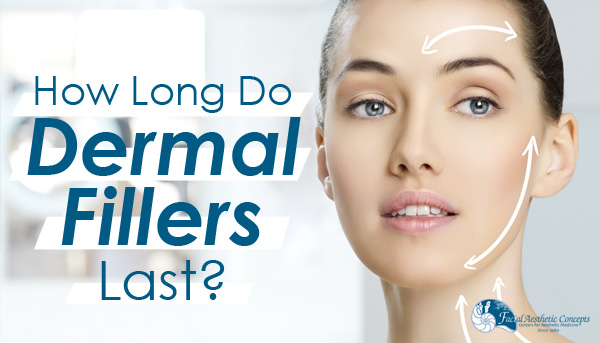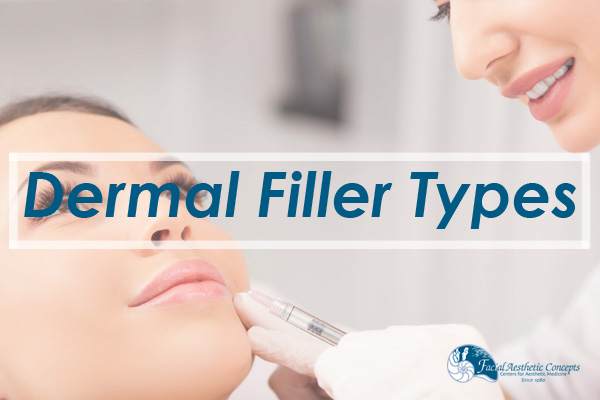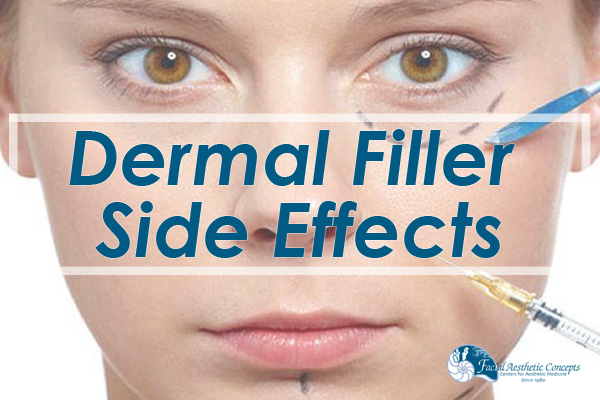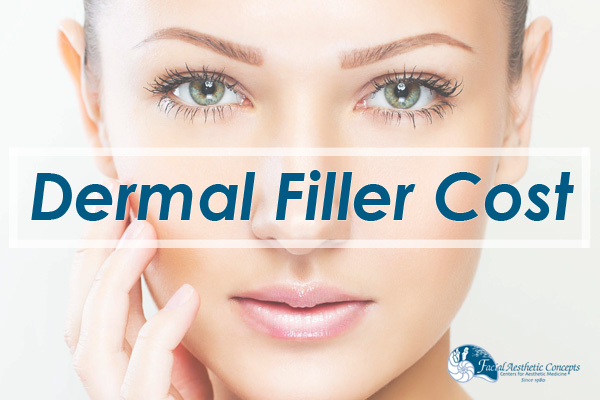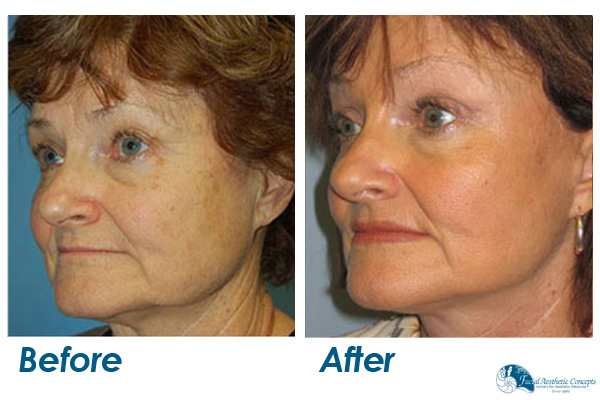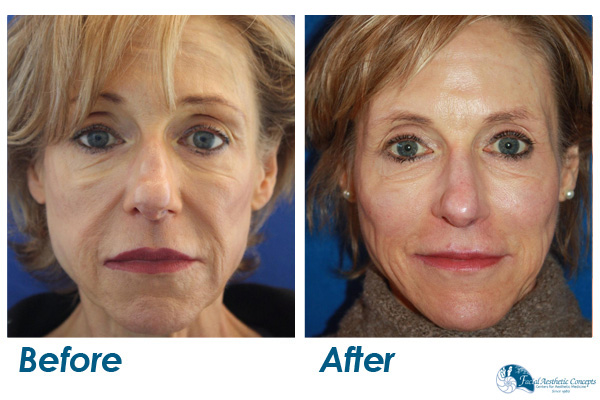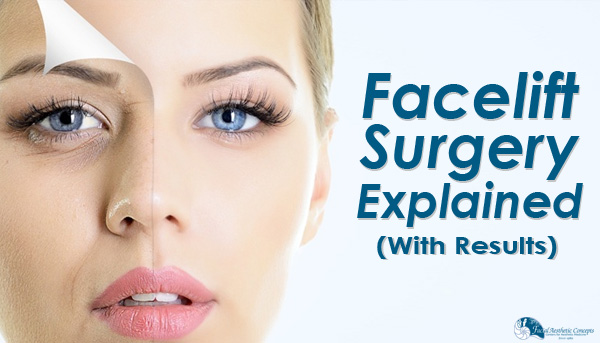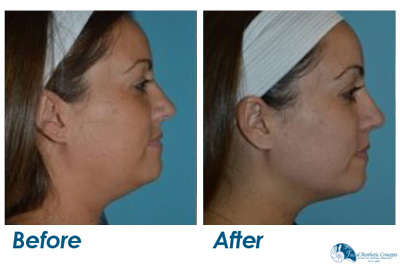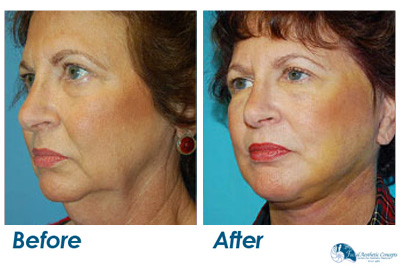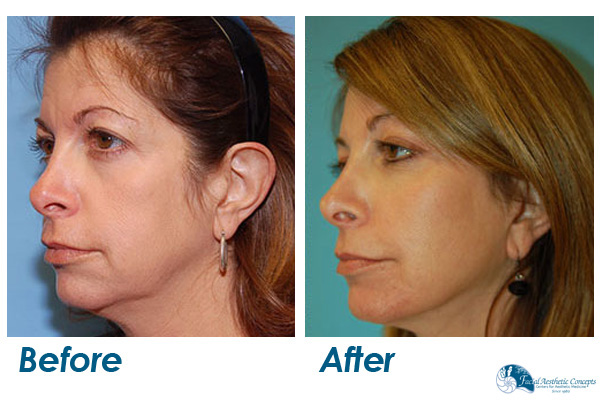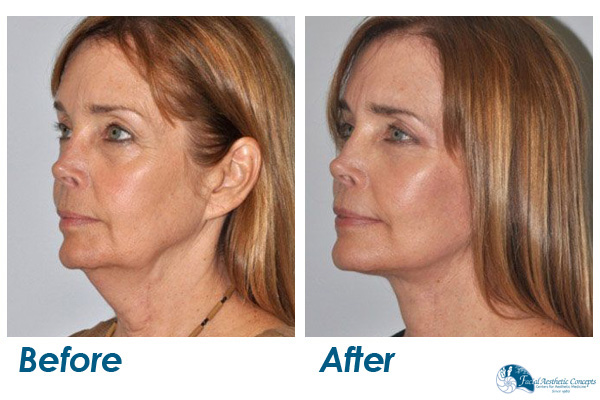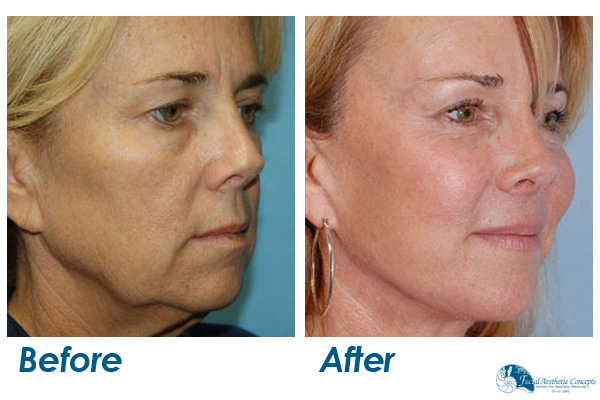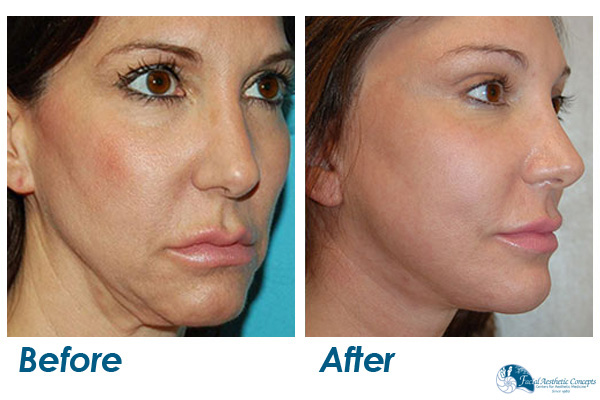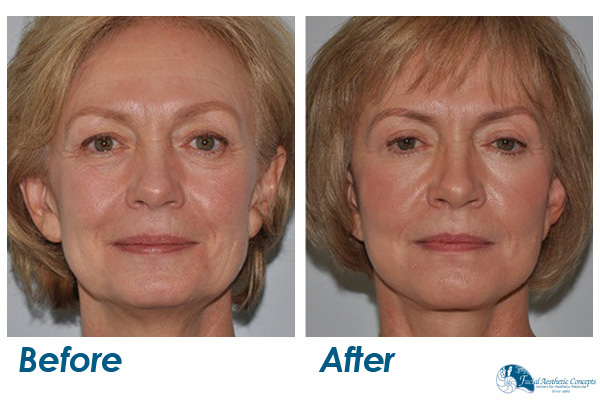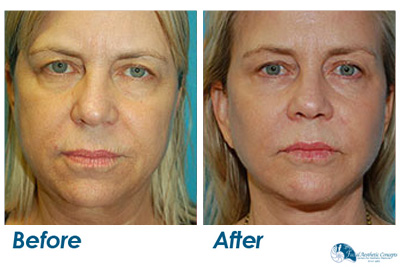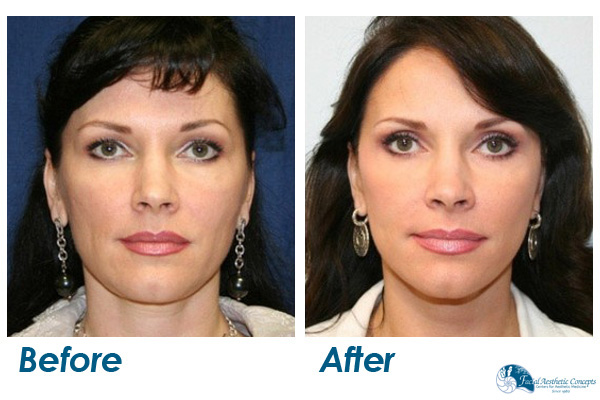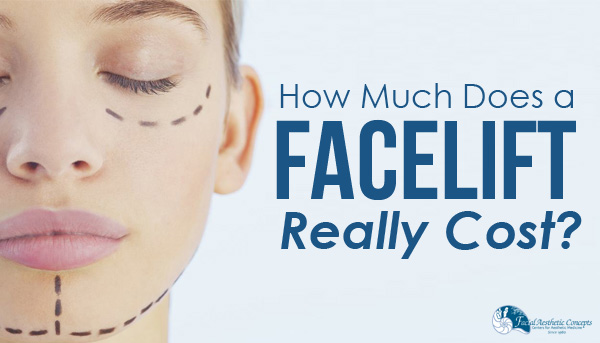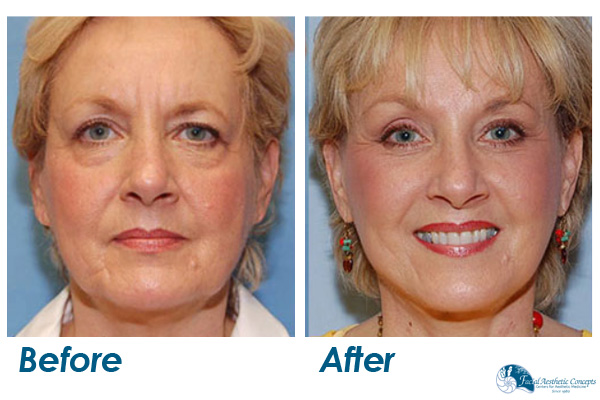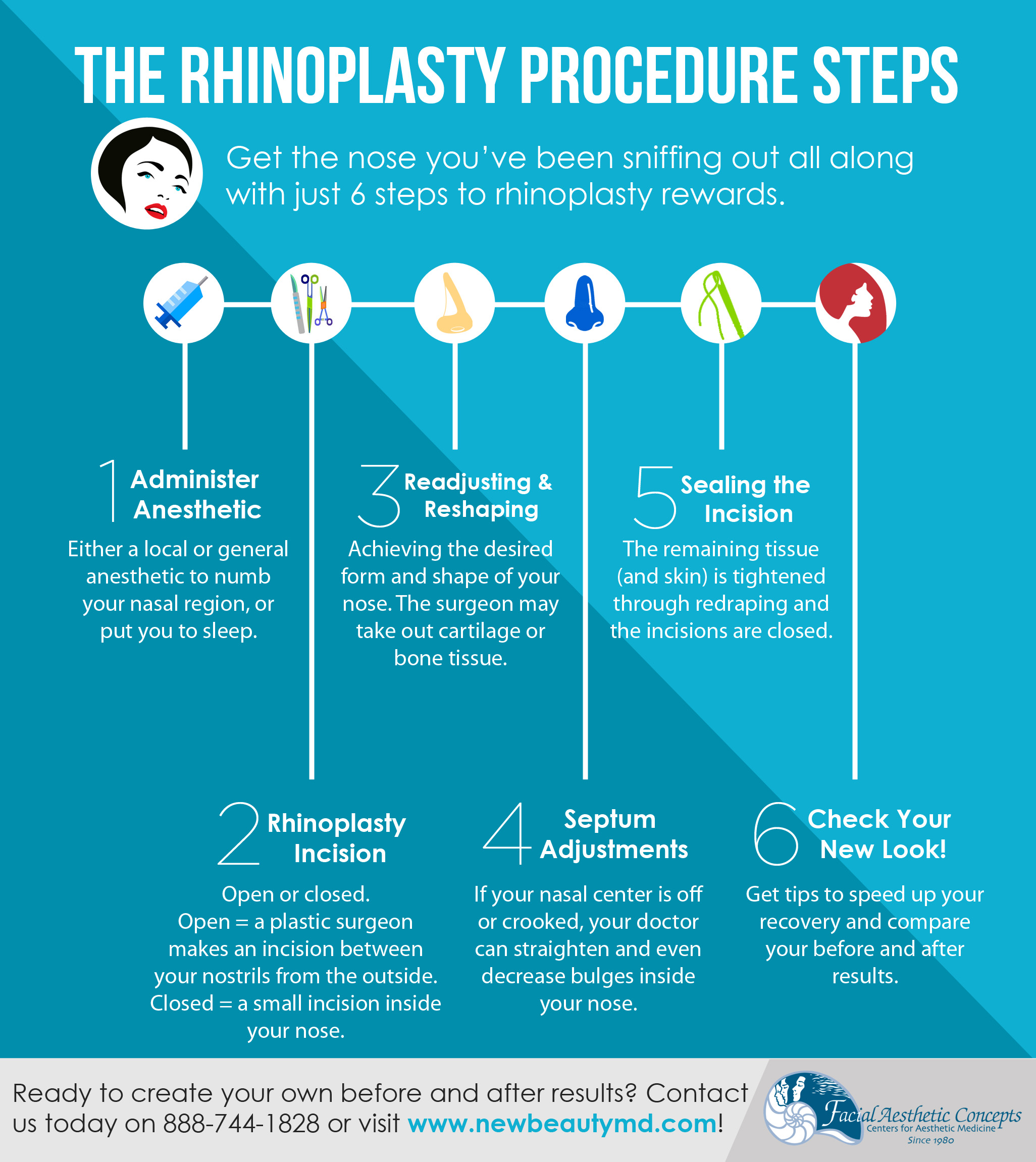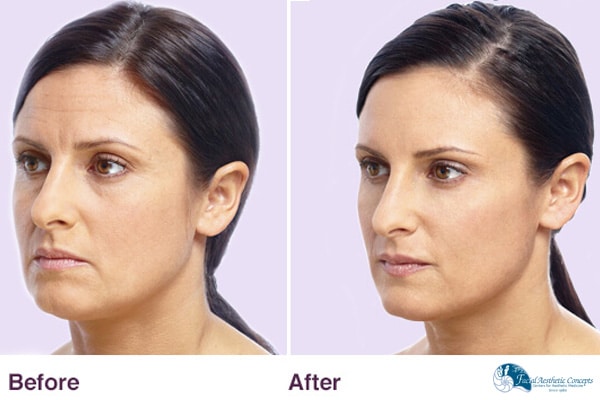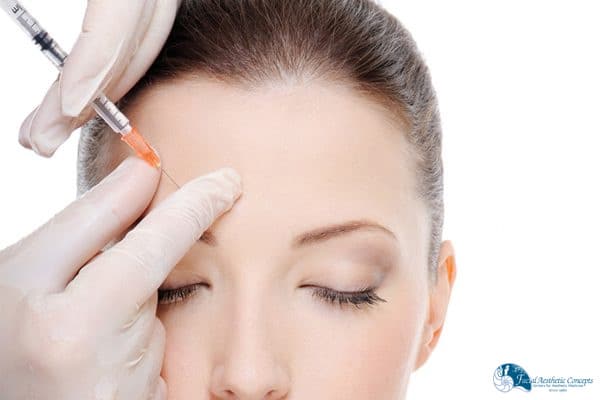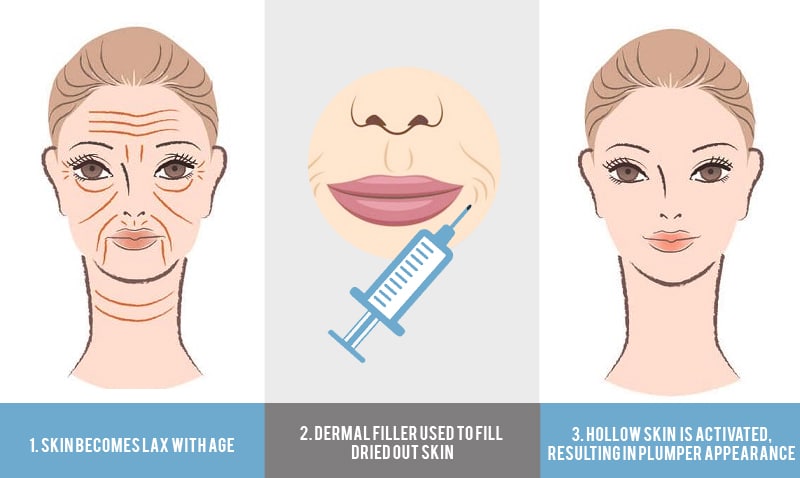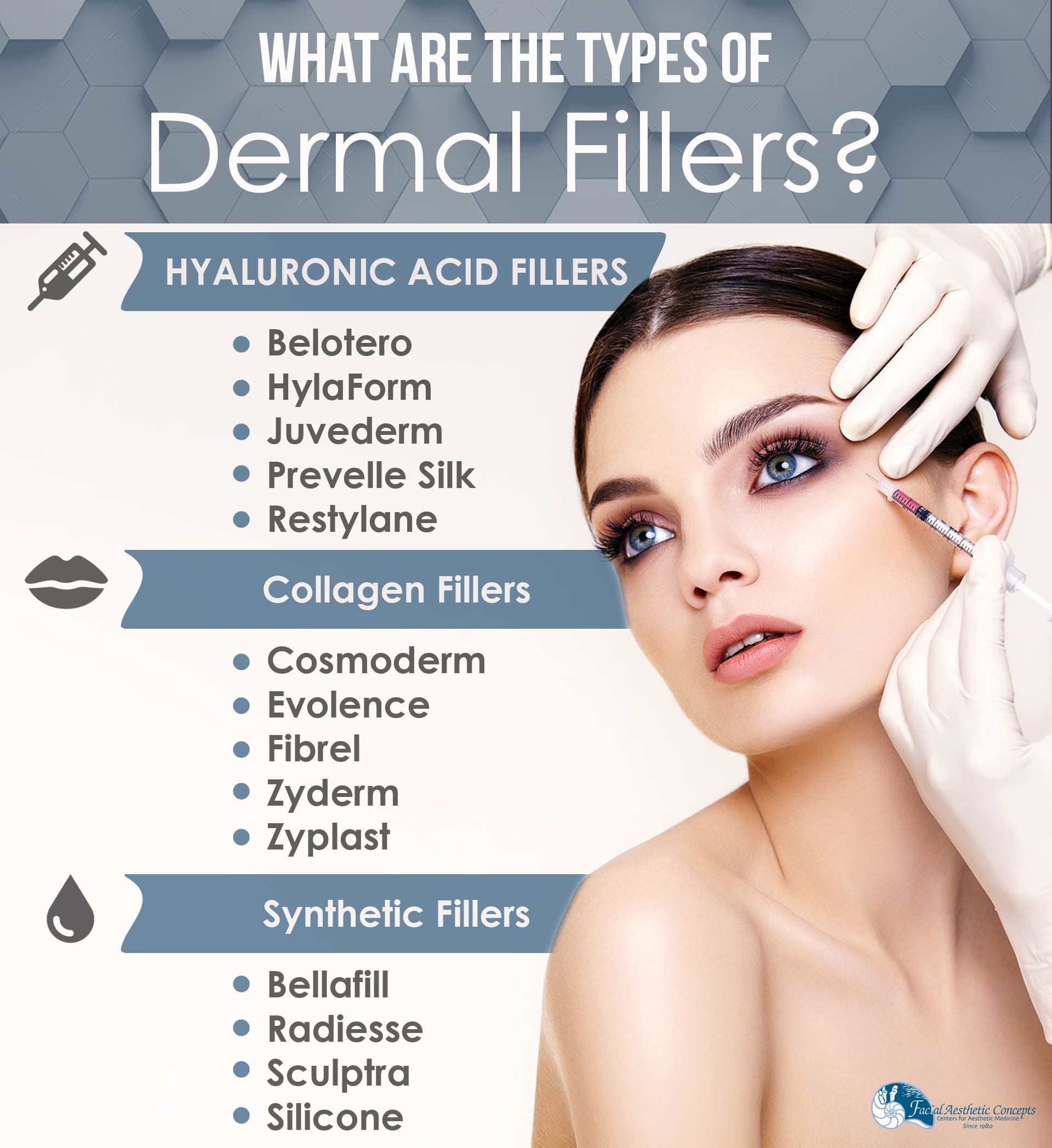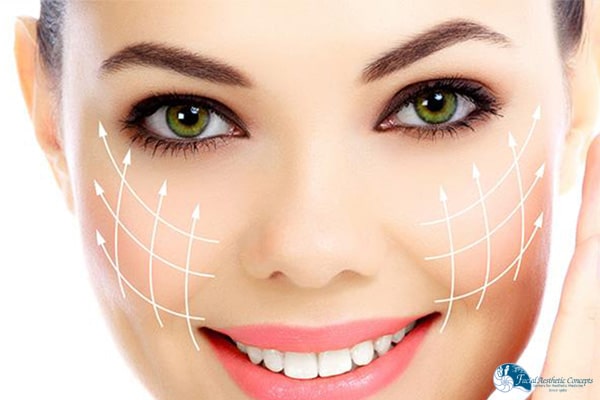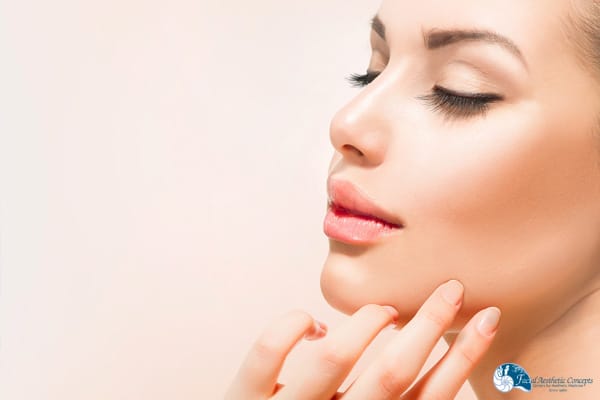The Types Of Dermal Fillers: A Definitive Guide To Injectable Treatments

Given the world’s fascination and obsession with eternal youth and agelessness, both men and women from all corners of the globe are opting for all types of dermal fillers – injectables that can erase signs of aging.
Fine lines, wrinkles, depressions, troughs, and any other flaws can be reduced or even eliminated almost instantly. So what types of dermal fillers are out there, and how far-reaching is our obsession?
How Popular Are Dermal Fillers In The U.S?
According to the American Society of Plastic Surgeons, by the year 2016, 15.4 million injectable procedures were performed in the USA alone.
In response to the widespread demand, a wide range of chemicals injectables also called minimally invasive cosmetic procedures are now available that you can choose from.
How Do Dermal Fillers Work?
When it comes to dermal fillers, there’s Botox, then there’s the rest:
Botox: Botox can prevent lines and wrinkles from appearing by freezing your facial tissues in place. It only works on sections of your face that are smooth when at rest and only show signs of aging with movement. If the lines and wrinkles appear even without your displaying facial expressions, the treatment may not work.
The Rest: According to the chemical makeup of the various types of dermal fillers, your dermatologist will recommend a specific compound for your face or lips. Injectable fillers work to replace the depleted levels of collagen and elastin in your skin, and may even stimulate their rejuvenation.
How Long Do Dermal Fillers Last?
In most cases, dermal fillers last from 4 months to a year, after which you will likely need touch-ups to maintain your look.
In general, several factors can affect the results:
- Type of filler and its chemical composition.
- Volume of the filler used.
- Expertise and experience of the dermatologist performing the treatment on you.
Dermal Fillers Before & After
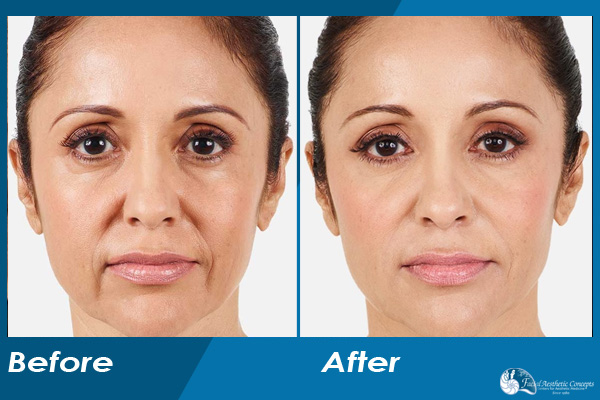
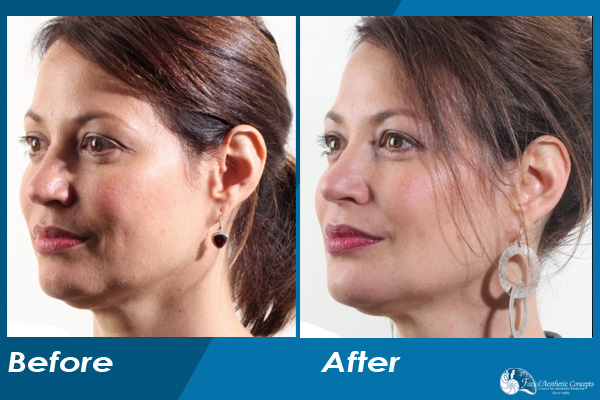
The Top Types of Dermal Fillers – Explained
Hyaluronic Acid (HA) Dermal Fillers
Hyaluronic acid fillers are comparatively safe to use since the compound is similar to the one that your body produces naturally. In addition to giving your skin a smooth appearance, HA also works to lubricate your joints.
When dermatologists inject the HA filler in the lines and wrinkles, it adds volume and contouring to the facial tissue to clear the signs of aging. These types of dermal fillers are especially effective for sections of the skin that are too thin like, for instance, the “parentheses” around the mouth and nose.
Hyaluronic Acid is one of the most popular of injectables because it is known to stimulate the production of natural collagen.
This factor makes HA more effective especially since the compound acts like a sponge to absorb fluid and shows smoother skin.
You can expect that the effects of HA fillers may last from 6 to 12 months. Certain brands like Voluma XC may continue to show results for up to two years. And, if for some reason, you’re not too happy with the treatment, your dermatologist can reverse it with the help of hyaluronidase.
The main brand names for Hyaluronic Acid injectables are:
- Juvéderm Ultra XC (also contains lidocaine to minimize discomfort, is effective as one of the types of fillers for lips
- Juvederm Voluma XC/ Juvederm XC/ Juvederm Volbella XC
- Perlane or Perlane-L
- Restylane-Lift/ Restylane Silk / Restylane / Restylane-L (also effective for the lips)/ Restylane Refyne/ Restylane Defyne
- Belotero Balance
- HylaForm
- Prevelle Silk
- Captique
- Esthélis
- Elevess
- Puragen
Synthetic Dermal Fillers
In response to the rising demand for injectables, you’re now likely to find various types of synthetic fillers that promise to remove the signs of aging.
Each of these fillers uses a different chemical and works in unique ways to give your skin a youthful appearance. Given that these fillers are synthetic in nature, you may want to be prepared for the possibility of side effects.
Further, if you aren’t quite happy with the results, you may need to get surgical help to reverse the procedure.
1. Calcium Hydroxylapatite – Available as Radiesse
The calcium hydroxylapatite filler was first developed for use in the facial reconstruction and dental fields. Marketed under the name Radiesse, the product is created biosynthetically though it mimics a compound that your body produces naturally. It has a rare possibility of causing any allergic reactions or side effects and works by promoting the growth of new collagen. Once inserted into the skin, the Radiesse compound stays in place and is unlikely to shift to a different location. As for how long the injectable lasts, you can expect to see the effects for up to 12 months after the treatment.
2. Polylactic Acid – Available as Sculptra
Like Radiesse, Sculptra is one of the types of dermal fillers that stimulate the development of new collagen in the skin. The main element in the filler is polylactic acid (PLLA) and you may need to come in for multiple sessions timed four to six weeks apart. Given that the compound is biodegradable, you’ll need regular touch-ups for the effects to last. Your dermatologist will determine the number of sessions you need depending on the extent of the lines and wrinkles that are visible.
3. Polyalkylimide – Available as Aquamid
Unlike Radiesse and Sculptra, Aquamid induces collagen to build naturally around itself. After a time the natural collagen completely surrounds the injected gel. The Aquamid compound is semi-permanent and biocompatible which means that it is unlikely to react with human tissue. And, interestingly, it is radio transparent and you can safely get X-rays after getting the treatment. Polyalkylimide has longer-lasting effects than most other types of dermal fillers
4. Polymethyl-methacrylate microspheres (PMMA) – Available as Bellafill
Bellafill was first developed for the surgical field and used to support implants. Should you opt to get this treatment, you can expect semi-permanent results with the dermatologist asking you to come in for touch-ups at regular intervals. Each new injectable is inserted below the previous treatment to maintain the positive results. Bellafill is one of the well-known names of fillers for the face.
Collagen Dermal Fillers
Collagen is the natural layer under your skin that keeps it smooth and free of signs of aging.
Given that collagen and elastin erosion caused lines and wrinkles to develop, doctors originally created collagen from bovine sources so it was almost similar to the human compound.
The main downside of this treatment option was that you would need to get an allergy test before signing up for the procedure. Further, in a months’ time, the collagen would break down in the skin and the treatment effects didn’t last very long.
Scientists have now developed a synthetic form of collagen fillers that work like the compound produced in your body, but last longer.
Some common names of collagen fillers for the face are:
- Evolence
- Fibrel
- Zyplast
- Cosmoderm
- Zyderm
Autologous Dermal Fillers
As the name suggests, autologous injectables are created from the tissues of each individual patient. For this reason, these types of dermal fillers rarely have any allergic or adverse reactions and are typically safe to use. Doctors may harvest fat or blood, and then, refine or process it as needed and inject it back into the targeted areas of your face.
Here are the most common options:
1. Fat Injectables/ Microlipoinjection
Should you choose to sign up for this anti-aging treatment, you can expect that the entire process will take around 30 to 90 minutes. After applying a local anaesthetic on your belly, buttocks, or thighs, the doctor harvests fat cells using a thin needle.
Later, doctors process and purify the cells. On your next session, the fat cells are carefully placed into the hollows of your cheeks, under the eyes, into the lips, or into the forehead.
Although these types of dermal fillers are safe and effective, they are semi-permanent in nature. That’s because, over time, your body absorbs the fat cells. And, you may have to go in for follow-up treatments at short intervals.
2. platelet rich plasma (PRP) / Vampire Facelifts
platelet rich plasma facelifts use certain elements derived from your blood to create an injectable compound that can help reverse the signs of aging. The effects of these fillers remain from 12 to 18 months and in the initial stages, you may need to take 2 to 4 sessions spaced at 4 to 6 week intervals. The entire treatment takes around 60 minutes from the harvesting of a small volume of your blood from the forearm to the actual facial injections.
In place of injecting the serum, doctors may also choose to use microneedling for more effective results. PRP works by repairing the worn out layer of collagen and elastin to rejuvenate so that it starts to produce new cells. You can expect to see results starting at 4 weeks after the first session.
3. Placental Stem Cells
Placental and the umbilical cord contain the most potent of stem cells. Scientists are experimenting with using these cells as an innovative type of dermal filler. Stem cells convert into the kind of cells present in surrounding tissue. When injected into the layer of collagen, they could induce it to rejuvenate.
To date, there are different kinds of stem cell treatments available. Here are some of them:
- MZ Skin that uses cells derived from the placenta of sheep.
- Novo Solutions MD that uses umbilical cord cells harvested from humans which are purified before injecting.
- Stem cells taken from the amniotic tissue of discarded placenta and umbilical cords.
- Stem cells created from plant sources that mimic placenta.
Injectable Antibody Technology
The Antibody Technology is a state-of-the-art solution for your signs of aging. This solution works on the premise that your body’s immune system kicks into action to prevent illnesses by producing antibodies. These cells work by targeting bacteria, viruses, unknown proteins, toxins, and any other pathogens. Doctors extract antibodies from sources like the egg yolk of the ostrich that is known to have the most robust immune system in the natural world.
When the antibodies are injected into the problem areas of your face, they work to neutralize ceramidase, a kind of enzyme that prevents the production of natural ceramides in your skin. Ceramides are responsible for regulating the moisture levels in the skin and when they work well, they can keep the skin hydrated and free of lines and wrinkles. The one company that offers these fillers is Adsorb Beauty, a Japanese skin care company.
There Are So Many Types of Dermal Fillers. Let Us Help You Decide…
There are many novel and effective anti-aging injectables coming onto the market daily. It’s information overload for the typical reader!
Our professional dermatologists are there to make sense of it all. Call us on 888-744-1828 and one of our friendly staff can guide you through the selection process!
